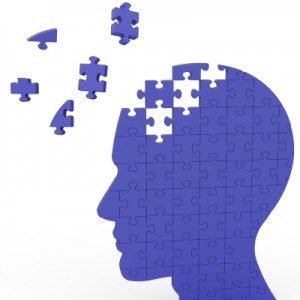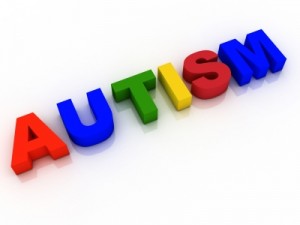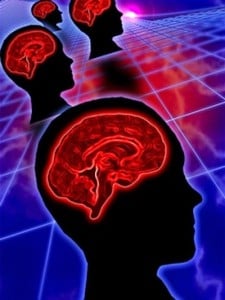
The weekend of June 17th to 19th, 2016, I had the pleasure of attending the “Living with Lyme Retreat” held at the lovely Glastonbury Abbey in Hingham, Massachusetts. This retreat was sponsored by Lyme Awareness of Cape Cod. Jim and I arrived on Friday late afternoon and received a warm welcome followed by a barrage of questions. The majority of attendees have been challenged with Lyme and associated diseases or Post Lyme Treatment Syndrome for many years with significant functional impairments.
Some were newly diagnosed after months and often years of suffering with no answers as to why. These stories are not new to me, but to be in a warm, supportive, understanding environment was a very special experience. On Saturday morning, I gave the first of two keynote addresses.
My talk focused on the overlap between symptoms of Lyme disease and traumatic brain injury. I reviewed the symptoms of Lyme disease and brain injury, where they overlap, and where they do not. Interestingly, the only symptoms constellation that can be caused by Lyme disease and not by brain injury is autistic spectrum behaviors.
Next came the disruption of white matter, which is when disruption can slow processing, reduce the ability to make cognitive connections, disrupt executive functions including emotional control, memory, attention, drawing inferences and dementia.
I then focused on Lyme’s effect on executive functions, their importance, and how they are disrupted by Lyme’s effect on the all-important frontal lobes. Frontal lobes control and coordinate the brain. When they are disrupted, the entire brain is disrupted. With frontal lobes impaired, the controls they exert on the limbic system are also impaired. This results in problems with emotional control and the often severely debilitating symptoms of anxiety.
The connection between impaired cognitive/emotional functioning and central nervous system inflammation was explained as was the effect of antibodies crossing the blood brain barrier and disrupting brain function.
I then introduced neurofeedback, how it works, and read a story by a Lyme patient who recovered cognitive/emotional functioning through neurofeedback including memory and word finding.
Since neurofeedback must begin with assessment, I explained how that is done using an electronic EEG called a QEEG or a brain map. I showed pictures of some typical findings in people with Lyme disease. This included the inability to suppress Alpha, which is the brain’s idling state. When Alpha waves are too big, they impair focus, attention and controls, in other words, “Lyme Brain”.
I also showed pictures of EEG discharges known as spike and wave activity and it’s disruptive effects. Next came coordination maps, before and after neurofeedback as well as comparing Lyme disruption to brain injury disruption. Coordination maps show the degree to which locations on the brain are working together.
The next topic was research. Since there is not yet any research available on the efficacy of neurofeedback on Lyme and associated diseases, I presented research on ADD/ADHD, epilepsy (remember the discharges I mentioned), fibromyalgia, chronic fatigue, insomnia, dementia, and brain injury. I showed research that demonstrates neurofeedback actually the brain and that these changes have been shown to be durable in ten year follow up studies.

There were, of course, a lot of questions, many asking, can it help this, can it help that? There was also clarification about how neurofeedback works and questions related to people’s particular situations. Does the Lyme have to have been treated right away, how does neurofeedback work in the presence of active Lyme, and so forth.
We then adjourned to a small conference room where Jim did a demonstration of neurofeedback. Dr. Tom LaCava volunteered to be the subject. This offered a wonderful opportunity for people to see a neurofeedback session live, in action, and to hear about Dr. LaCava’s own experience. He is an enthusiastic supporter of neurofeedback and its efficacy.
Thank you Dr. LaCava for introducing us to Ron Gangemi, the founder of Lyme Awareness of Cape Cod who kindly invited us to take part in this most important conference. It provided a safe opportunity for people to tell their stories, ask questions and learn from one another. I hope those of you who struggle with Lyme and related diseases will want to attend this wonderful conference next year.
For further information about Lyme Awareness of Cape Cod, please visit www.lymeticks.org.
Second image courtesy of MR LIGHTMAN at FreeDigitalPhotos.net
Third image courtesy of Stuart Miles at FreeDigitalPhotos.net









